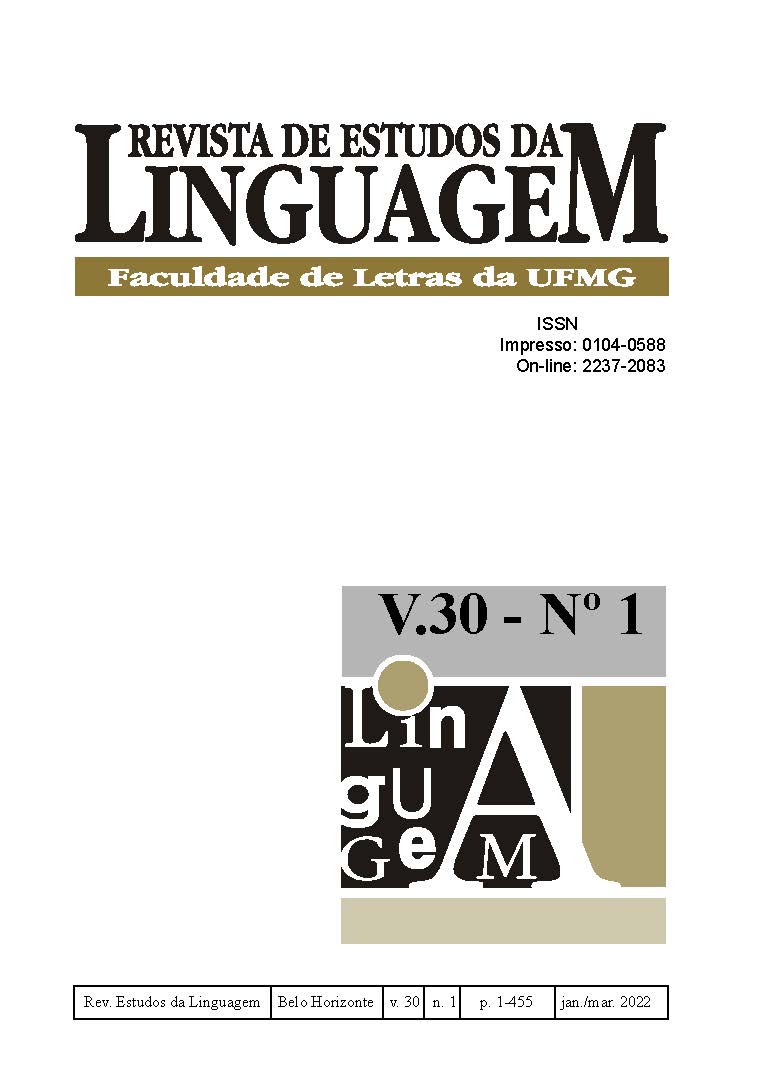Formation of ballot names of candidates running for the office of federal representatives in the 2002-2018 period
DOI:
https://doi.org/10.17851/2237-2083.30.1.113-136Keywords:
Onomastics, ballot name, federal representative, electionsAbstract
This paper analyzes the formation processes of ballot names of candidates for the office of federal representatives in the period between 2002 and 2018. Theoretical assumptions of Socio-onomastics, which aims at studying the social origin of proper names and the usage of their different variations in various situations and contexts, taking into consideration name-bearers, name-givers and name-users, were adopted. The sample is composed of 15,068 ballot names, extracted from the Repositório de Dados Eleitorais (‘Electoral Data Repository’) of the Superior Electoral Court (TSE). Among the results obtained, an increase in the usage of names which do not belong to the vital records in the formation of ballot names is seen over the past few years, especially in a comparison between the 2014 and the 2018 elections. Moreover, when considering the internal features of the names, an increase in the use of nicknames, hypocoristics, military and professional qualifiers, as well as other elements, in contrast with a reduction in religious qualifiers, is observed throughout the whole period concerned.




 Esta obra está licenciada com uma Licença
Esta obra está licenciada com uma Licença 